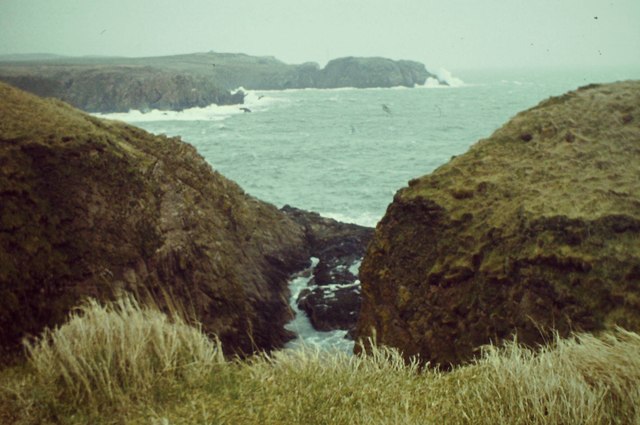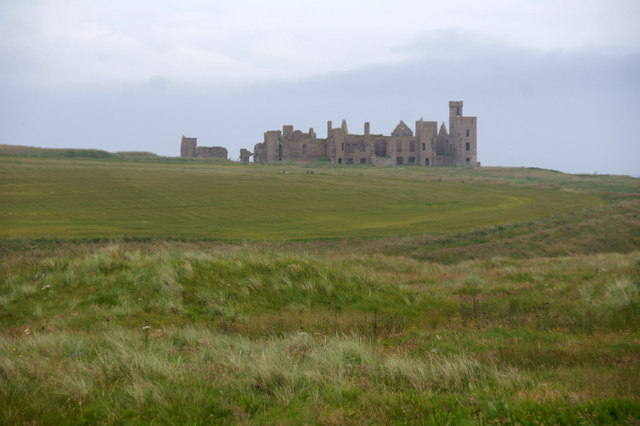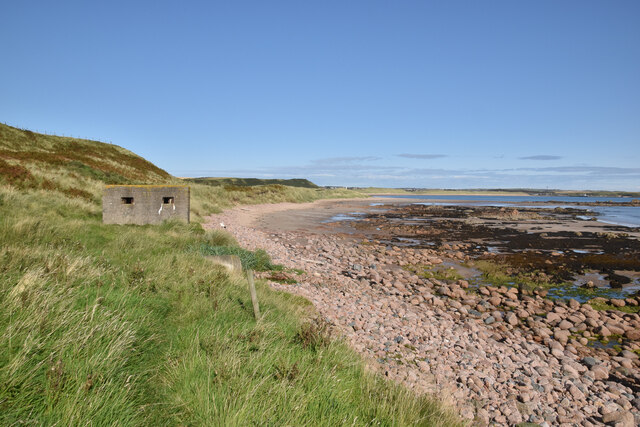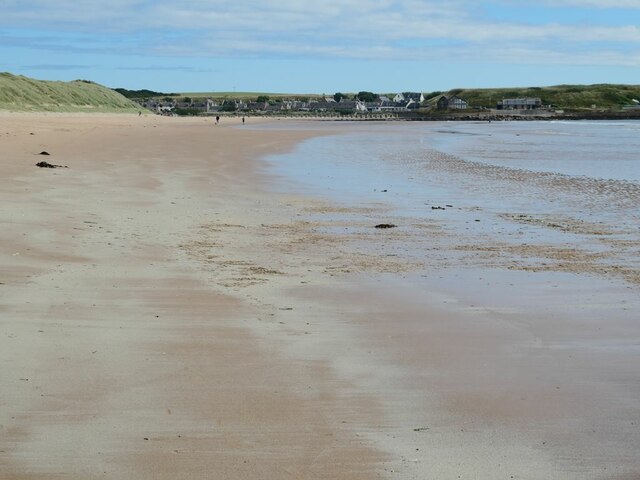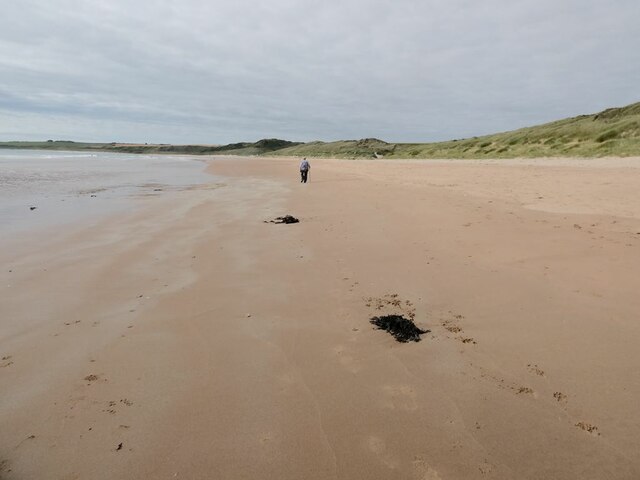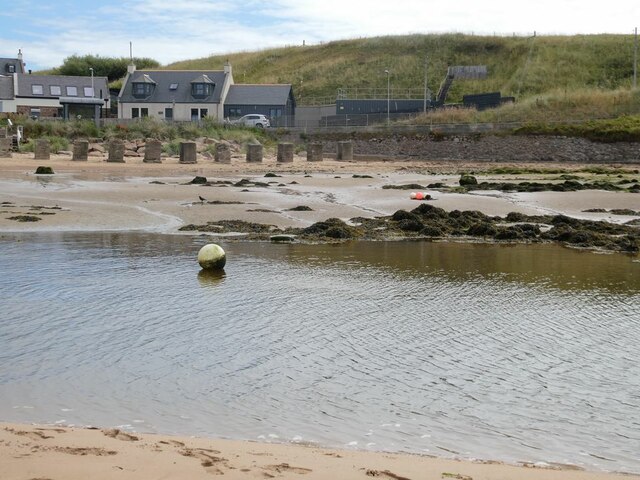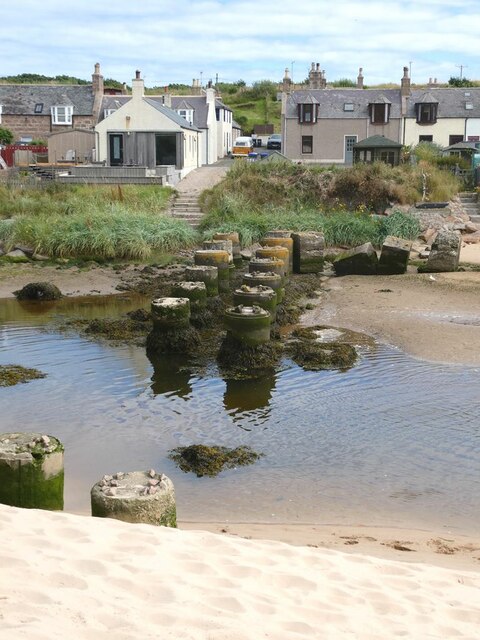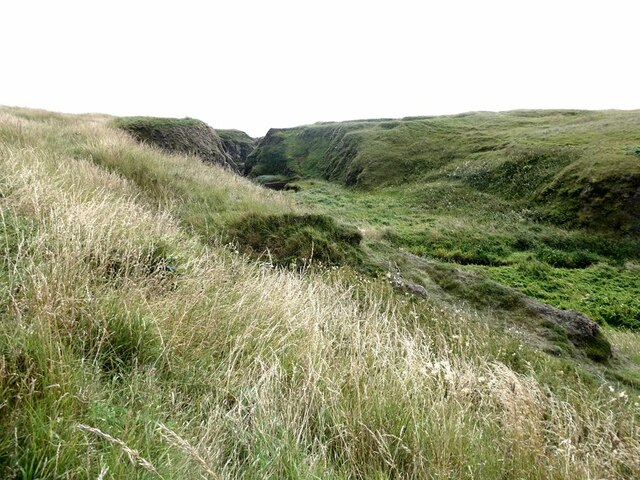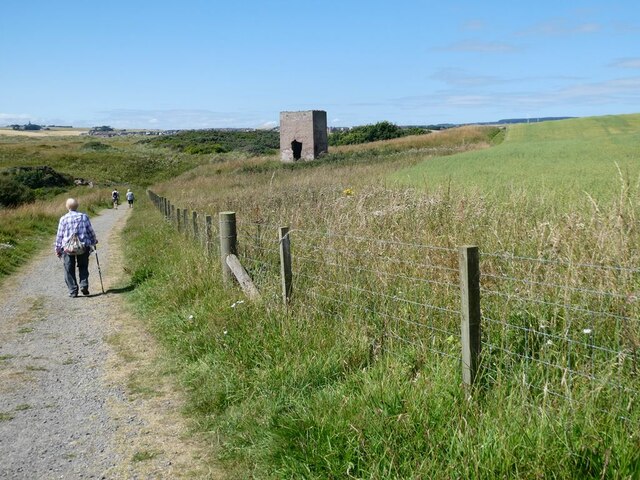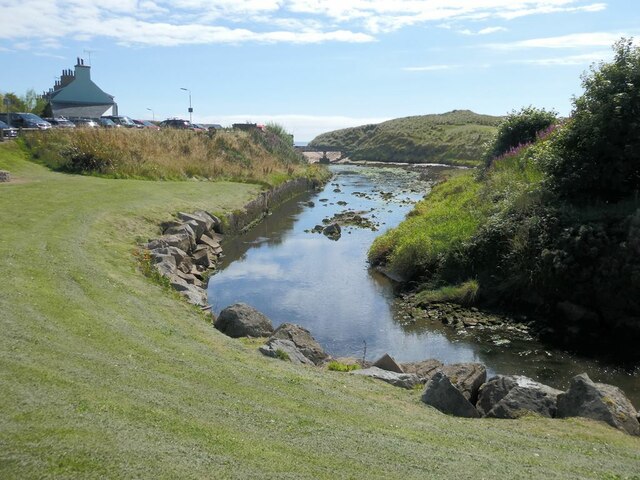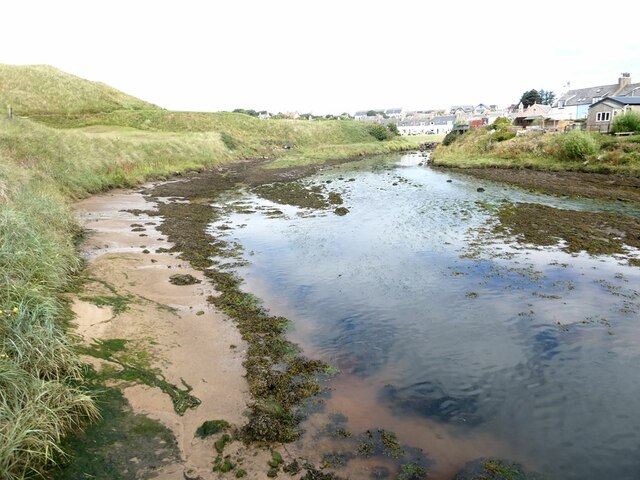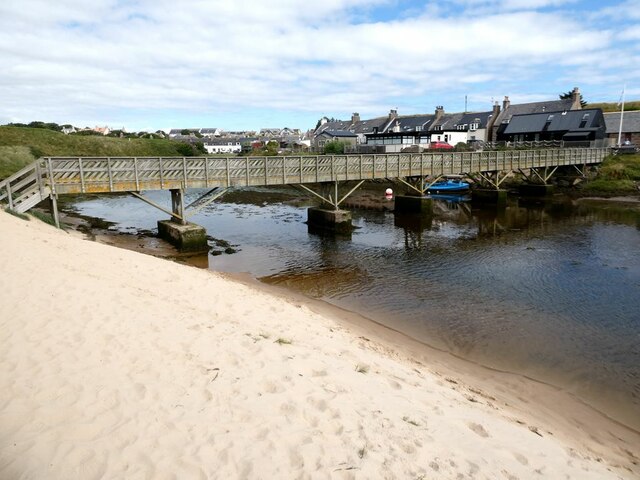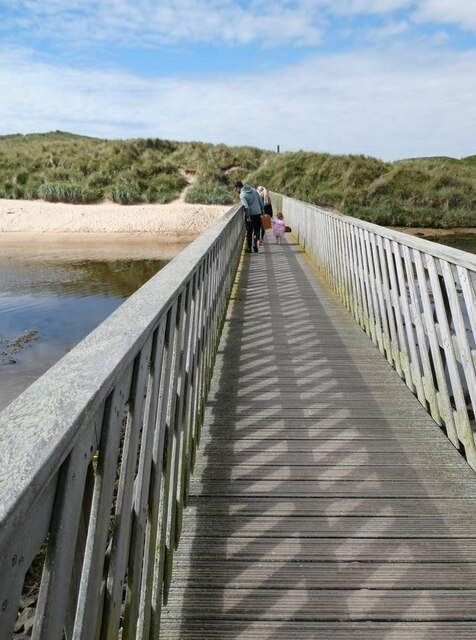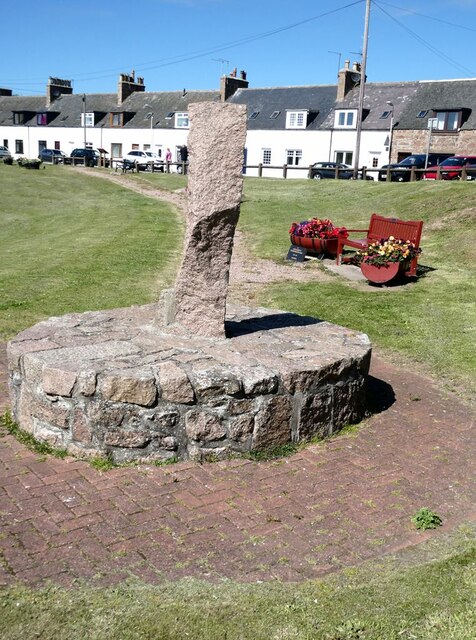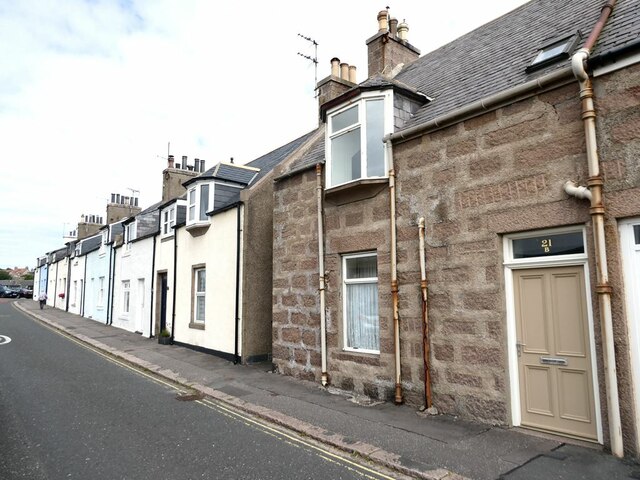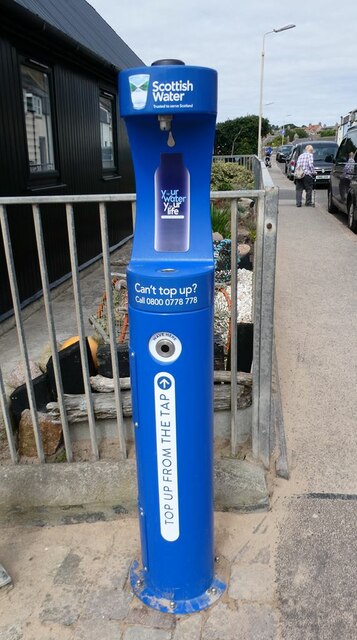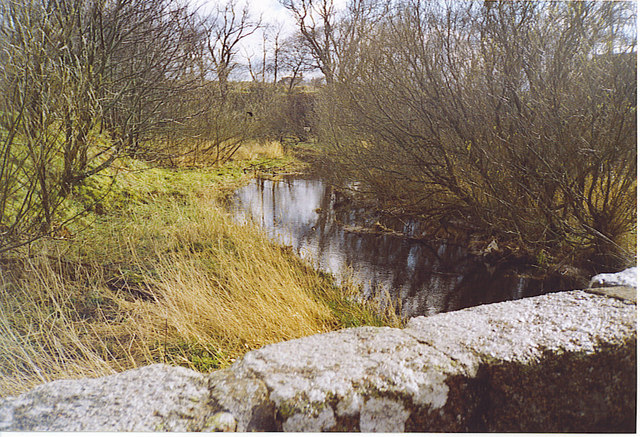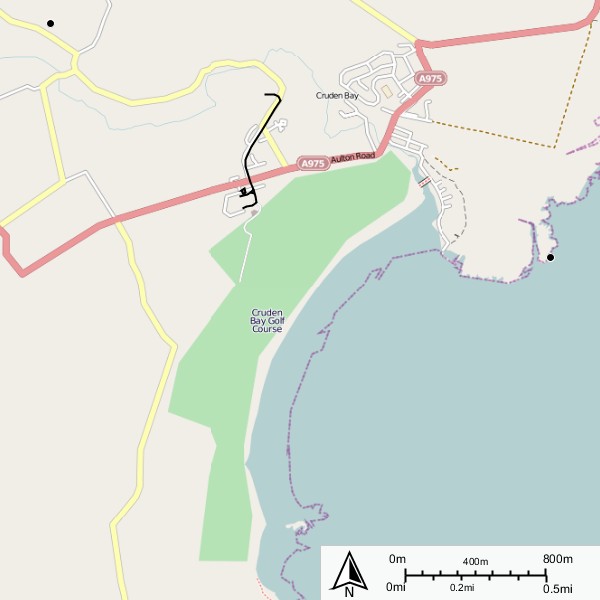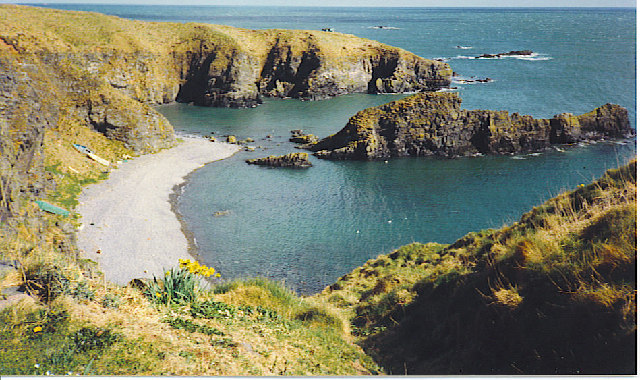Port Erroll
Settlement in Aberdeenshire
Scotland
Port Erroll
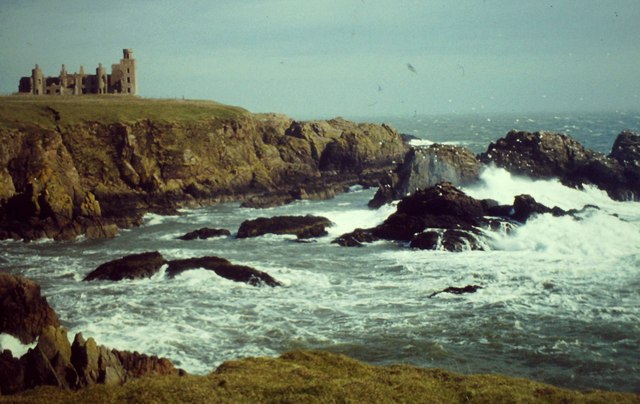
Port Erroll is a small coastal village located in Aberdeenshire, Scotland. It is situated along the North Sea coast, approximately 40 miles north of Aberdeen. The village is named after the nearby ruined castle of Erroll, which once belonged to the Earls of Erroll.
Port Erroll is known for its picturesque beauty, with stunning views of the sea and surrounding countryside. The village is surrounded by rolling hills and cliffs, providing ample opportunities for outdoor activities such as hiking and birdwatching. The sandy beach is a popular spot for locals and tourists alike, offering a peaceful retreat for relaxation and sunbathing.
The village itself has a charming and traditional feel, with a small harbor serving as the focal point. The harbor is home to a small fleet of fishing boats, which bring in fresh seafood that is enjoyed by locals and visitors in the village's restaurants and cafes. The village also has a few shops and amenities, including a post office and a convenience store.
Port Erroll has a close-knit community, with friendly locals who take pride in their village. The community often organizes events and festivals, such as the annual Port Erroll Gala, which brings together residents for a day of games, music, and food.
Overall, Port Erroll is a hidden gem along the Aberdeenshire coast, offering natural beauty, a peaceful atmosphere, and a strong sense of community.
If you have any feedback on the listing, please let us know in the comments section below.
Port Erroll Images
Images are sourced within 2km of 57.405307/-1.8518677 or Grid Reference NK0935. Thanks to Geograph Open Source API. All images are credited.
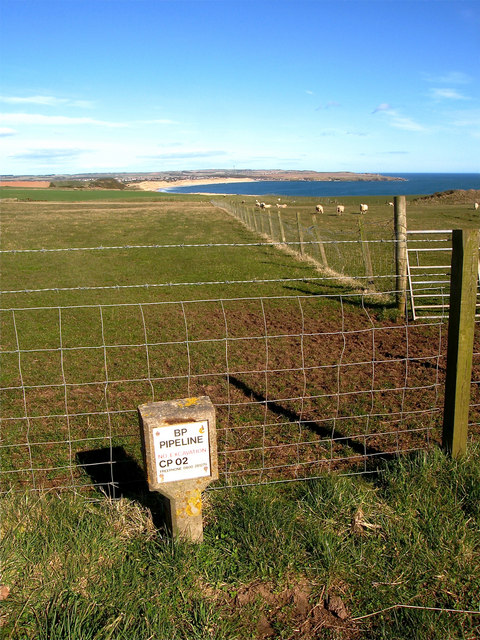
Port Erroll is located at Grid Ref: NK0935 (Lat: 57.405307, Lng: -1.8518677)
Unitary Authority: Aberdeenshire
Police Authority: North East
What 3 Words
///claps.condense.breaches. Near Port Erroll, Aberdeenshire
Nearby Locations
Related Wikis
Water of Cruden
The Water of Cruden is a short broadly east-flowing river in Buchan in northeast Scotland. Its headwaters streams rise in the countryside north of Ellon...
Cruden Bay Hotel
Cruden Bay Hotel was a hotel in Cruden Bay, Aberdeenshire, Scotland. Following the success of the Palace Hotel in Aberdeen, it was built between 1897 and...
Cruden Bay
Cruden Bay is a small village in Scotland, on the north coast of the Bay of Cruden in Aberdeenshire, 26 miles (42 km) north of Aberdeen. Just west of Slains...
Cruden Bay Hotel Tramway
The Cruden Bay Hotel Tramway operated an electric tramway service between the Cruden Bay Hotel and Cruden Bay railway station between 1899 and 1940....
New Slains Castle
Slains Castle, also known as New Slains Castle to distinguish it from the nearby Old Slains Castle, is a ruined castle in Aberdeenshire, Scotland. It overlooks...
Cruden Bay railway station
Cruden Bay railway station was a railway station serving Cruden Bay, Aberdeenshire, Scotland. == History == The station opened on 2 August 1897.The station...
Whinnyfold
Whinnyfold or Whinneyfold is a small coastal village at the southern end of the Bay of Cruden in Aberdeenshire, Scotland. Whinnyfold (locally pronounced...
St Olaf's Church (Cruden)
St Olaf's Church (also known as Old Parish Church) is a Category B listed building in Cruden, Aberdeenshire, Scotland, dating to 1776. It is of Church...
Nearby Amenities
Located within 500m of 57.405307,-1.8518677Have you been to Port Erroll?
Leave your review of Port Erroll below (or comments, questions and feedback).
